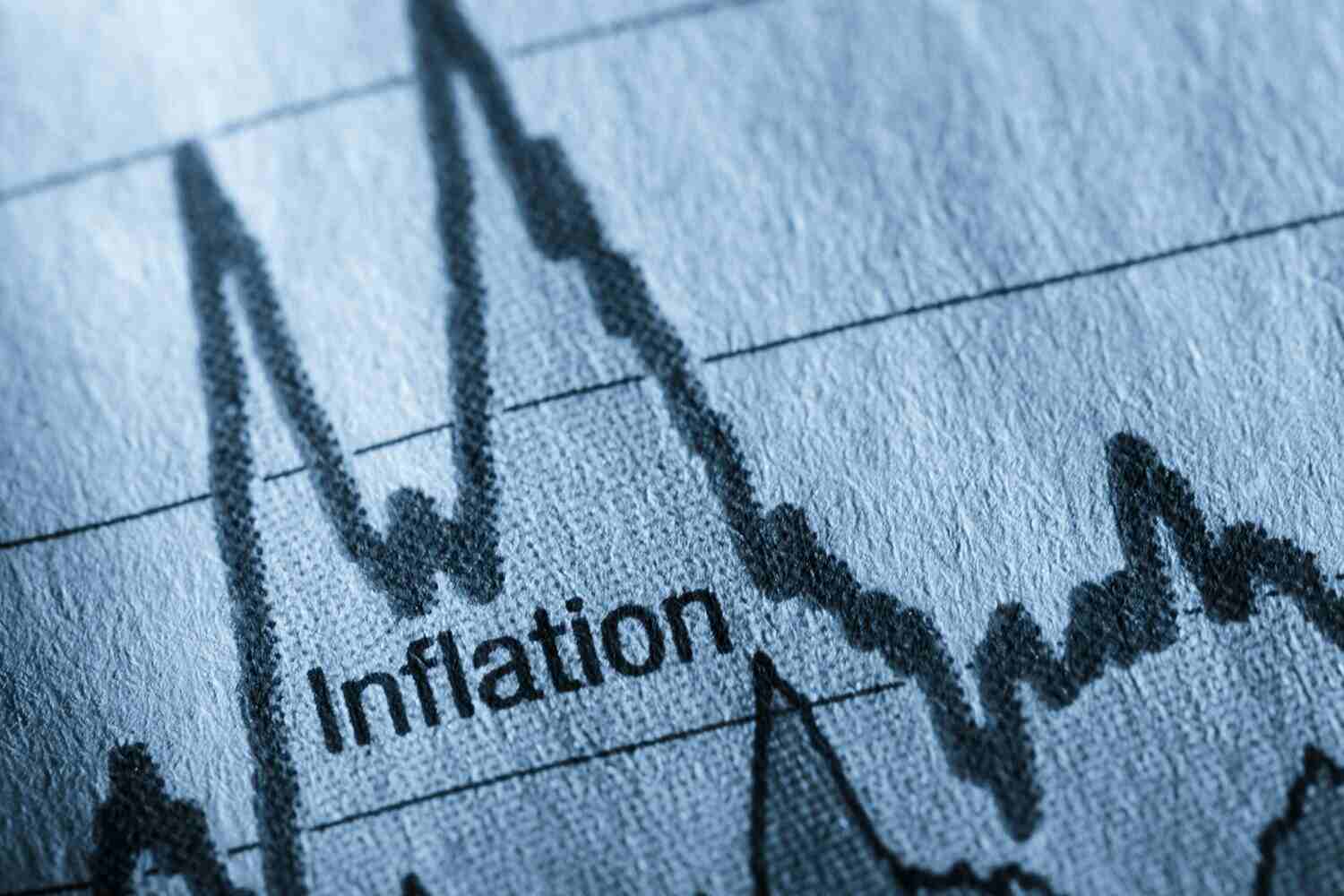Table of Contents
The release of the latest US Consumer Price Index (CPI) report has injected a fresh wave of optimism into global financial markets. Investors celebrated easing inflation pressures and fueled hopes that the Federal Reserve may finally have the room to cut interest rates. Below, we break down the latest CPI data signal, the market reaction, and what this could mean for the economy and your investments.
Understanding the CPI: Why It Matters
The Consumer Price Index (CPI) is one of the most-watched indicators in economics. It measures the average change over time in the prices paid by urban consumers for a basket of goods and services. In simple terms, CPI tracks inflation, letting us know how much more (or less) it costs to buy things like groceries, rent, gas, and healthcare compared to before.
Inflation affects everything from your spending power to the returns on your investments. For policymakers, particularly the Federal Reserve, changes in CPI play a critical role in setting monetary policy and interest rates.
Key Takeaways from the Latest Report
- Headline inflation showed a slower pace of increase than expected, signaling that price pressures may be abating.
- Core inflation, which strips out volatile food and energy prices, also came in softer. This measure is closely watched by policymakers as it reflects underlying trends.
- Both readings were either in line with or better than Wall Street’s forecasts, providing relief to investors who have been wary of stubbornly high inflation.
Immediate Market Reaction: Rally Mode
The market response was swift and sharp:
- Stock indices such as the S&P 500, Dow Jones, and Nasdaq all surged immediately after the CPI announcement.
- Technology stocks, often sensitive to interest rate changes, led the rally.
- Bond yields fell as traders bet on a less aggressive stance from the Fed.
This reaction is rooted in a broader trend: as inflation pressures cool, the expectation grows that the Federal Reserve can reduce borrowing costs, which typically boosts equities and reduces volatility in bonds and other risk assets.
Investor Optimism: A Closer Look
Investors have been eager for any signal that the rate-hiking cycle may be ending. For months, high inflation forced the Fed to keep rates elevated, which can slow down economic growth and hurt company profits. The latest CPI numbers provided that glimmer of hope, and markets responded with enthusiasm.
The Fed’s Next Move: Why Rate Cut Hopes Are Growing
The Federal Reserve operates under a dual mandate: keep prices stable (control inflation) while promoting maximum employment. Until now, sticky inflation numbers have kept policymakers cautious. However, the encouraging CPI report has tilted expectations toward a rate cut in the near term.
- Money markets now price in a higher probability of a rate reduction at the next Fed meeting.
- Lower rates could encourage borrowing and investment, supporting businesses and consumers alike.
But the central bank will need sustained evidence that inflation is under control before making a move. As such, upcoming jobs reports, retail sales, and additional inflation data will be closely scrutinized.
Broader Economic and Geopolitical Context
Inflation doesn’t occur in a vacuum:
- Supply chain improvements since the height of the pandemic have helped ease price pressures.
- Energy prices, which spiked during periods of geopolitical tension, have stabilized, contributing to softer headline inflation.
- Global trade uncertainties and tariffs, especially in technology and manufacturing, still pose risks to future inflation trends.
Sector performance varies: tech stocks benefit most from lower rates, while defensive sectors like utilities and consumer staples tend to lose some of their defensive allure.
What’s Next? Risks and Opportunities
While this CPI report is encouraging, risks remain:
- Core inflation: Even with recent cooling, some categories (like housing and healthcare) could keep inflation sticky.
- Geopolitical uncertainties: Events such as conflicts or trade disputes can quickly change the economic landscape.
- Fed caution: Policymakers may want to see several more months of moderating inflation before acting.
Opportunities:
- Growth sectors, especially technology and consumer discretionary, stand to gain if the Fed pivots toward rate cuts.
- Long-term investors may find this environment attractive to increase equity exposure, particularly in sectors most sensitive to interest rates.
Conclusion: Why This Matters
The latest US CPI report is more than just a data point. It’s a potential turning point for markets and economic policy. If these inflation trends persist, the Federal Reserve may soon pivot to a more supportive stance, opening the door for new investment opportunities and broader economic growth.
For investors, staying informed and diversified remains crucial. Watch for the Fed’s next moves, pay attention to incoming data, and don’t be afraid to adjust your strategy as new trends emerge. The path ahead looks brighter but as always, caution and analysis are your best friends in times of change.
